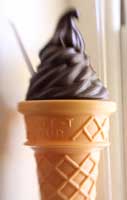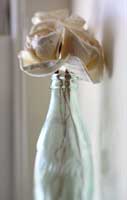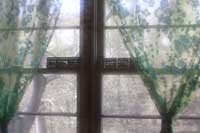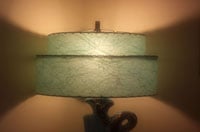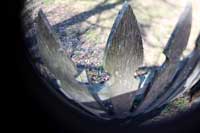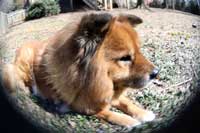We may earn commissions when you buy from links on our site. Why you can trust us.
Lensbaby is a Fun Way to Create Artistic Effects with Your DSLR
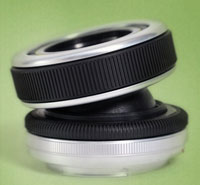 If you have a digital SLR and are looking to take your creativity to the next level, you should check out the Lensbaby Composer ($270) lens and accessories. With the Lensbaby Composer, you can create soft focus, fisheye and other special effects that will make your shots look like a professional, for a fraction of the cost of buying traditional lenses.
If you have a digital SLR and are looking to take your creativity to the next level, you should check out the Lensbaby Composer ($270) lens and accessories. With the Lensbaby Composer, you can create soft focus, fisheye and other special effects that will make your shots look like a professional, for a fraction of the cost of buying traditional lenses.
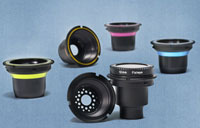 Lensbaby uses a concept of exchangeable lens elements, called the Optic Swap System. The optics are the inside of the lens, which screw into the Composer. The swapping system offers six different optics, including three selective focus, a soft focus, a pinhole/zone plate and the fisheye optic ($35 - $150).
Lensbaby uses a concept of exchangeable lens elements, called the Optic Swap System. The optics are the inside of the lens, which screw into the Composer. The swapping system offers six different optics, including three selective focus, a soft focus, a pinhole/zone plate and the fisheye optic ($35 - $150).
Switching the optics out is done by hand, and is slightly tricky and challenging at first, but not difficult once you get the hang of it.
The Composer lens has a “sweet spot” of focus with a blurry surround. When you add the Optic Swap inserts, each creates a unique effect. The Composer is also bendable; letting you move the location of the sweet spot anywhere within the frame.
While similar results are possible in Photoshop, one of the benefits of the Composer is the benefit of time. Shooting with a Lensbaby gives you an instant result with no post editing required.
These shots I took with the Double Optic (which comes installed when purchased) show how the sweet spot can be used to focus attention on key details.
Swapping in the Composer’s Soft Focus optic gives a dreamy effect over the entire image
And the Fisheye optic creates a spherical image. Notice how I was able to move the Fisheye’s circular edge around using the Composer’s bendable body.
Now, before you think, “neat effect, I want one”, there are a couple things you need to understand about the principles of photography in order to properly use these lenses. The lenses are strictly manual focus, so you need to know how to focus by hand instead of relying on your camera to auto-focus. Second, understanding depth of field and the amount of light that an aperture opening controls is crucial to working with the Composer. Instead of having built-in apertures like a typical SLR lenses, the aperture of the Composer is changed by manually inserting a small disk with a pre-drilled hole in it. Every time you want a different aperture, you must swap the disk with another one. Luckily, Lensbaby has a great Optic Comparison on their website, which shows how each of the lenses will look at each aperture setting.
I would suggest trying one of these lenses out if you’re someone who understands the basics of photography, wants an effect straight from the camera, dislikes digital manipulation and enjoys experimenting and leisurely shooting. It's a lot of fun and you may surprise yourself with the results.

